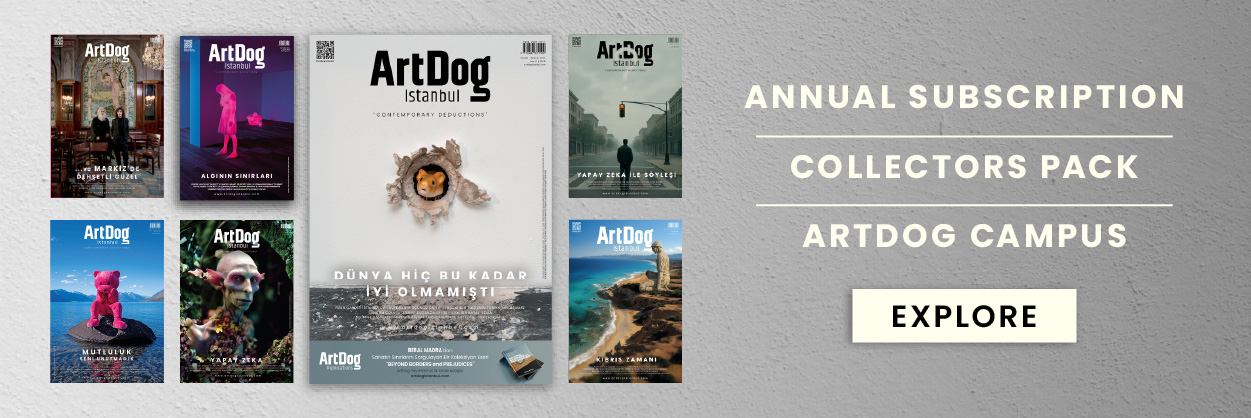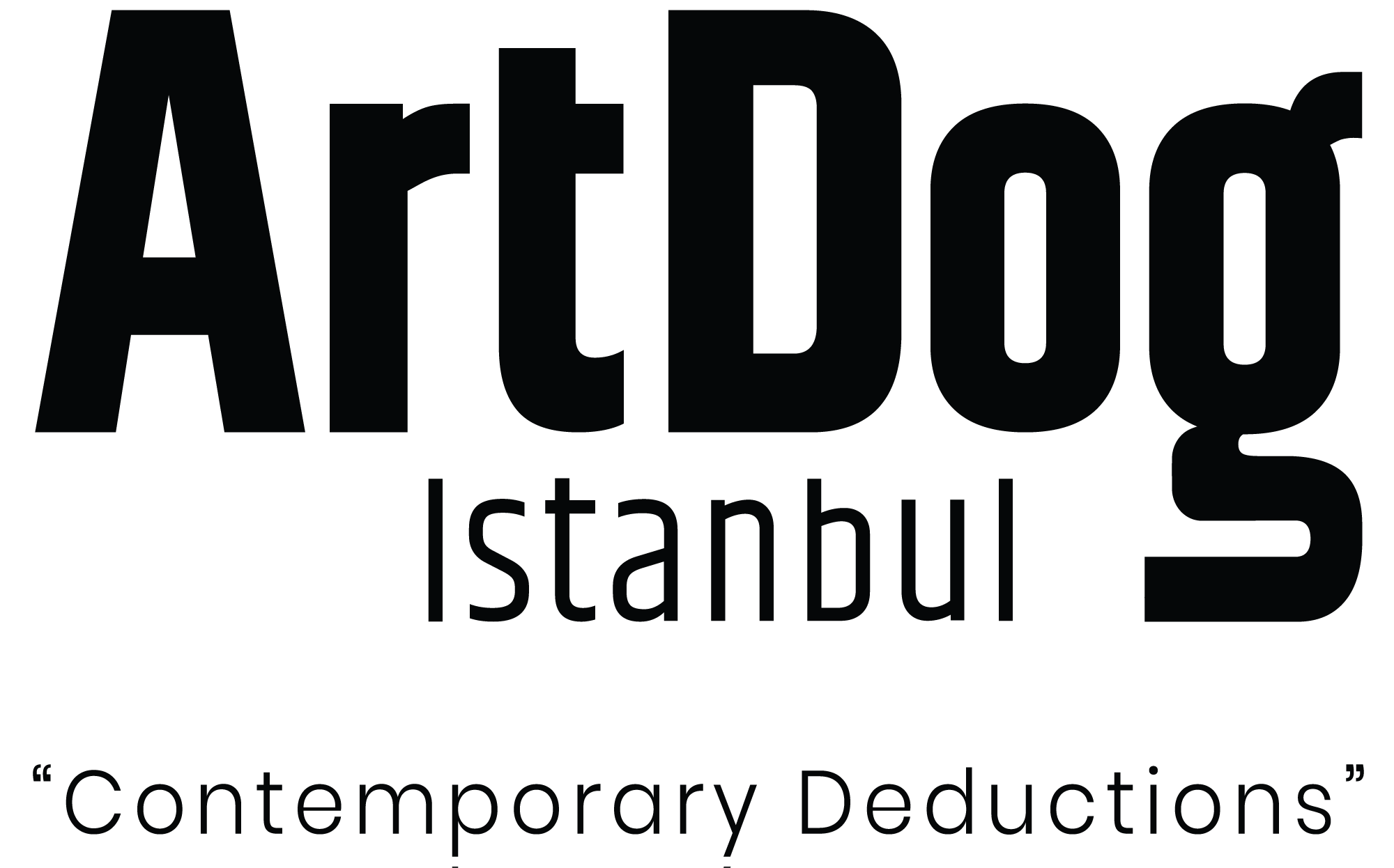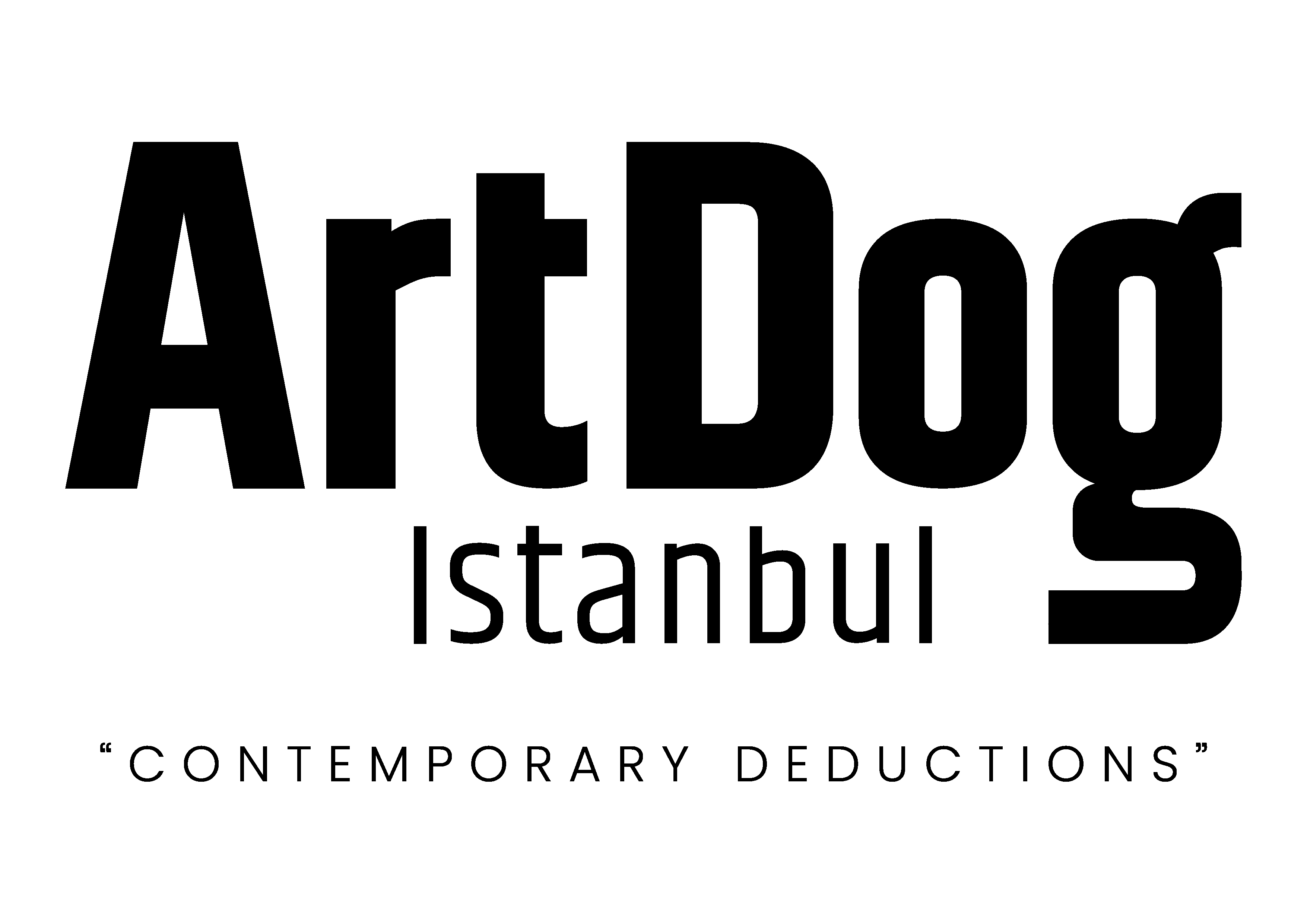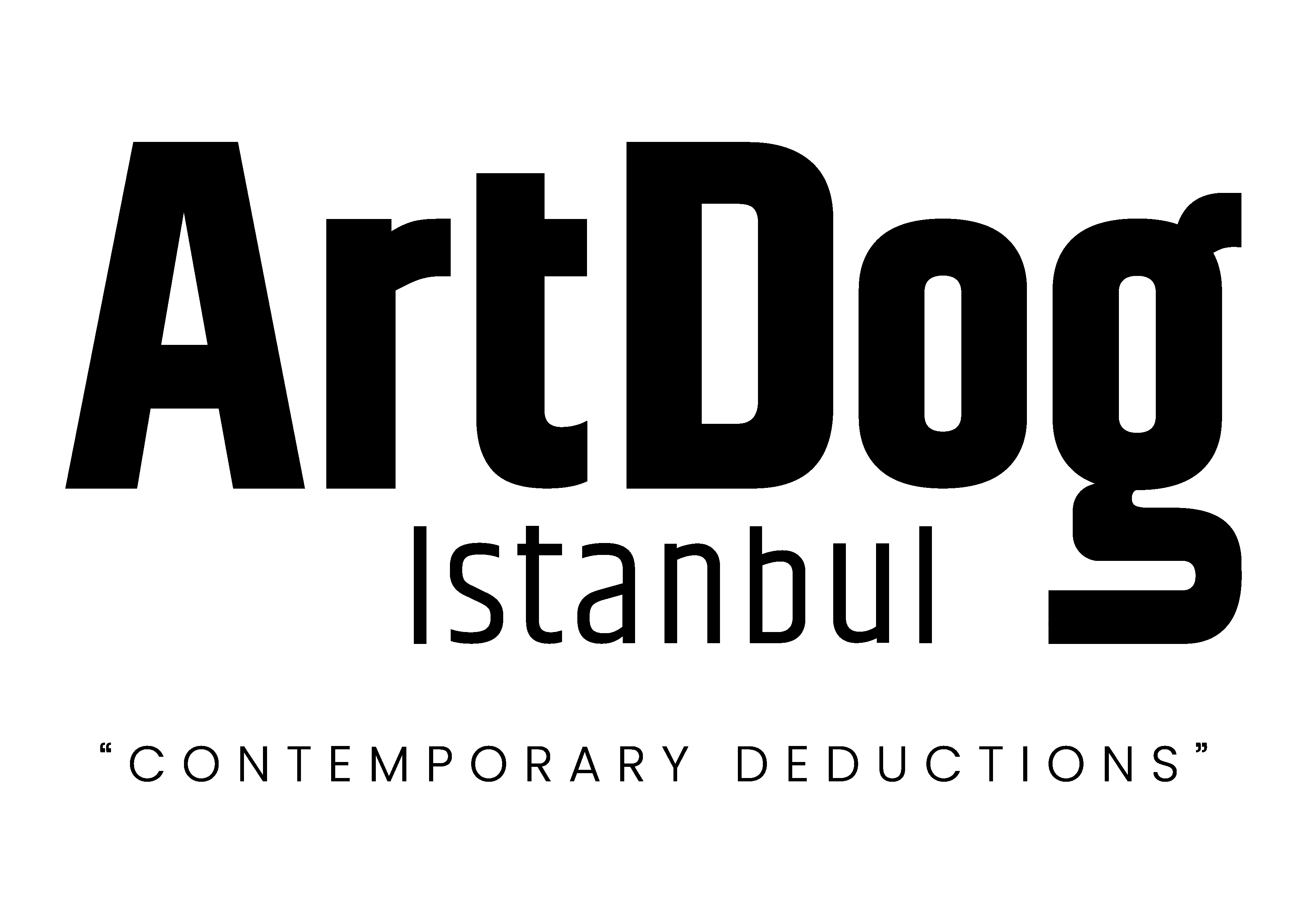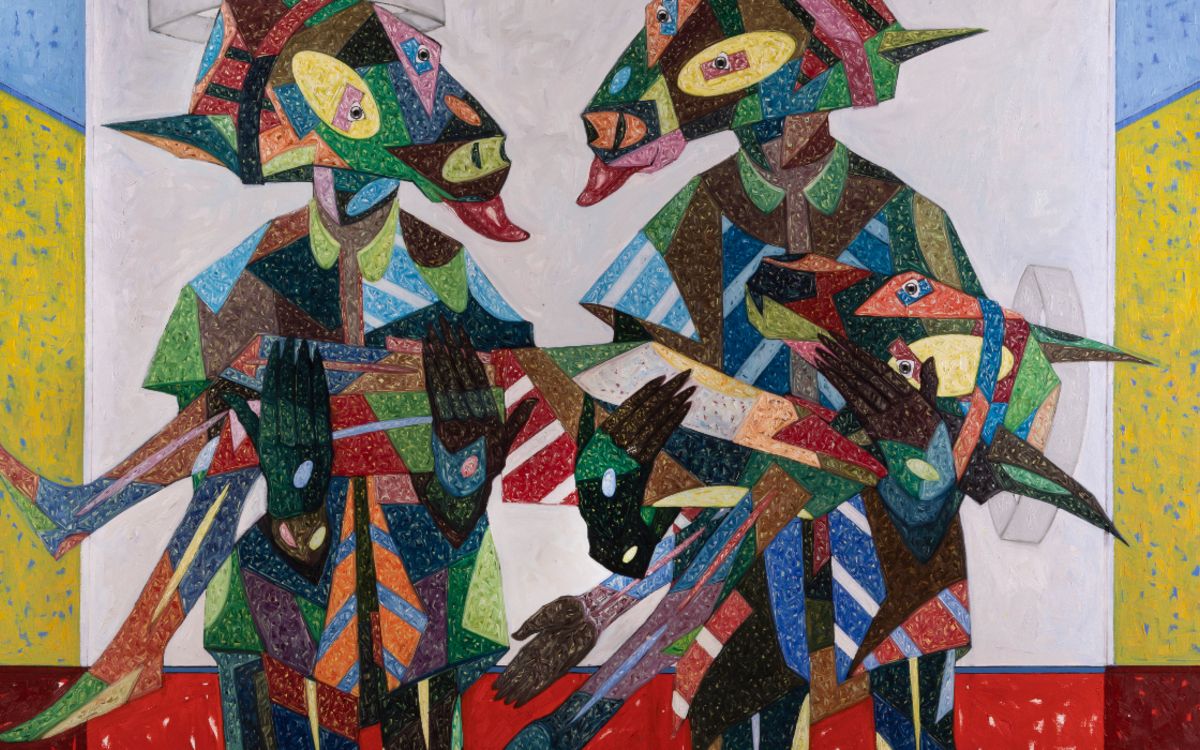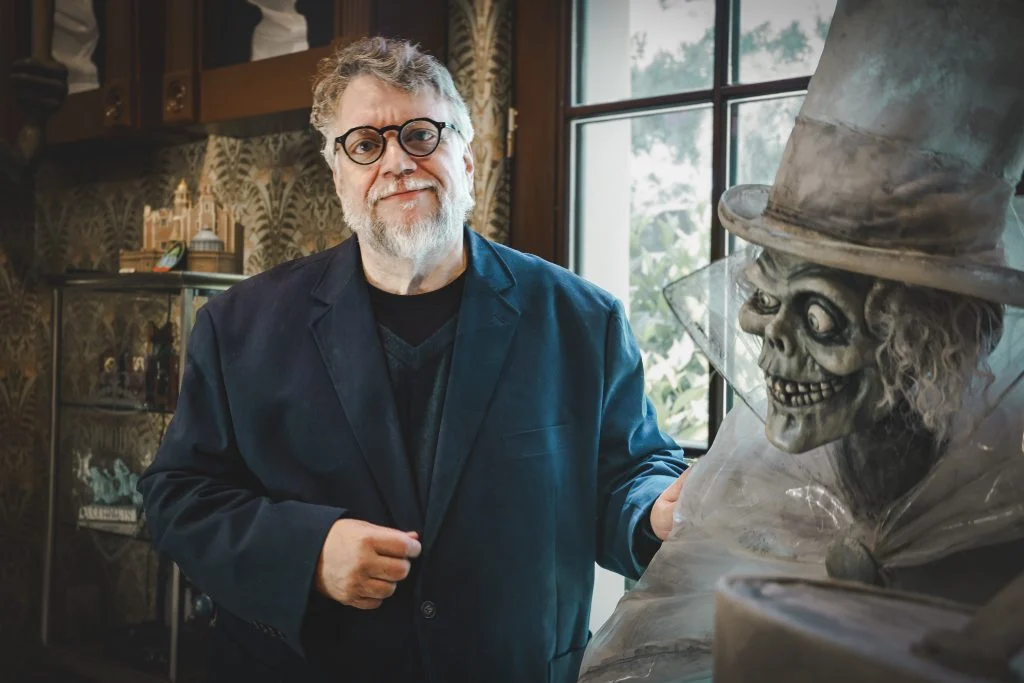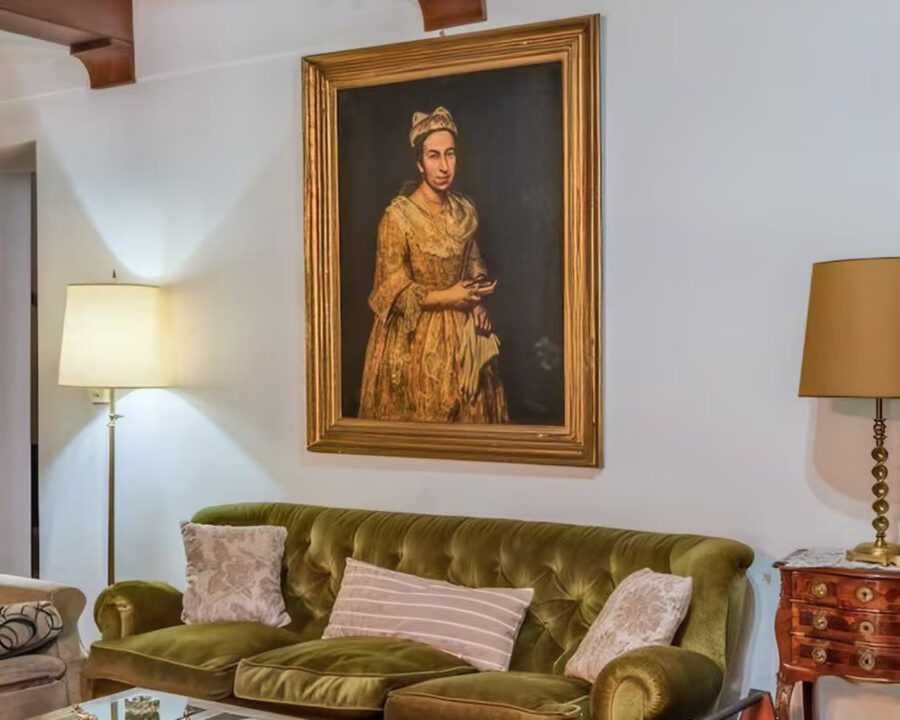Caserne Napoléon is opening. Forty 150x170cm giclée prints on aluminum will be displayed across all facades of Caserne Napoléon. Each print will be accompanied by short animated videos in anime style, accessible via specially developed QR code software.
The starting point for the exhibition is the artist’s ordinary, used notepaper acquired twenty years ago at a tea garden in Datça. These scraps of paper, easily overlooked in everyday life, transformed over time into transformative surfaces that left an impression on Akbaş’s memory. These humble materials accumulated in the artist’s memory, gaining a new language through images filtered from streets, gestures, fleeting glances, and forgotten memories. The resulting works stretch like an imaginary sidewalk between the forgotten tea gardens of Anatolia and the terraces of Paris. Each carries the sensory trace of a face caught out of the corner of the eye, an unfinished thought, or a fleeting moment.
These works do not pursue representation in the classical sense; rather, they aim to make visible the traces lingering in memory and the poetry of transience. In Akbaş’s approach, painting becomes less about presenting an image and more about transforming into a space of memory, a transitional space moving between cultures and times.
Onay Akbaş
Born in Fatsa in 1964, Onay Akbaş studied painting at Marmara University’s Faculty of Fine Arts. He began his artistic career in 1985 by establishing his first studio in Maltepe, Istanbul. He moved to Paris in 1988, where he pursued an international career. He held his first solo exhibition at Galerie Serio in 1989. In the 1990s, he was among the founding members of Le Chaînon Manquant, a group formed by artists from different nations. He won the Beaujolais Painting Prize and exhibited his works at major art fairs such as MAC 2000.

